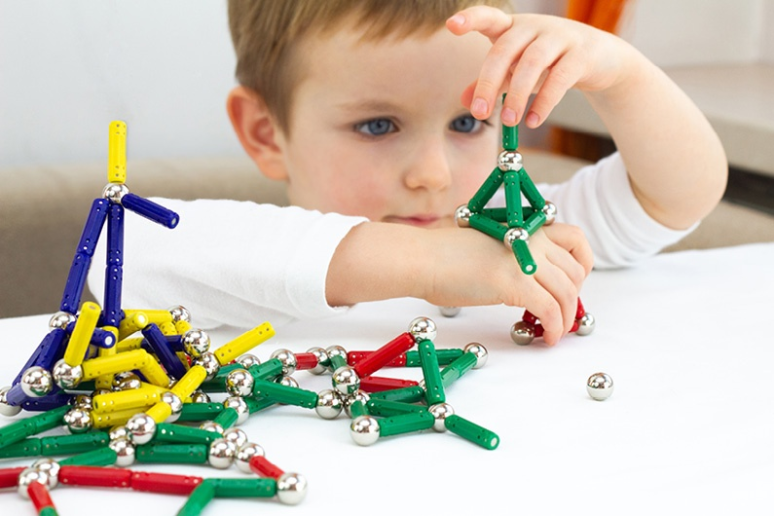Every year, more than 200,000 children go to hospital emergency rooms for injuries they suffered while playing with dangerous toys. When defects are discovered, toys are generally recalled until a safe replacement is produced. But these discoveries often come at the expense of the country’s youngest consumers. Children shouldn’t have to be injured or killed to “safety test” toys. Dangerous design or manufacturing defects should be detected before these toys hit the store shelves.
Among the most recent products to join the list of dangerous toys is the battery-operated fidget spinner. In addition to reports of the toys catching fire, this popular device contains small parts that can be swallowed by young children. Other examples of dangerous toys that resulted in civil suits include the following:
- A two-year-old Pennsylvania girl was killed and two other children were injured when a hoverboard caught fire. This was the first death linked to a hoverboard in the U.S., but there have been numerous fire-related injuries linked to the product.
- In 2014, a New Jersey mom sued Toys R Us for $80 million after her son suffered extensive burns from a Nickelodeon Teenage Mutant Ninja Turtles wristwatch.
- In another Toys R Us related incident in 2013, the company was ordered to pay $20 million to the family of a child who was killed when an inflatable pool slide collapsed.
- In 2007, toy manufacturing giant Mattel recalled nearly 20 million toys because of problems with products imported from China. Namely, this was due to the use of lead paint and small, powerful magnets that could be very dangerous if swallowed.
- Also in 2007, more than four million Magnetix Magnetic Building Sets were recalled after several children swallowed small magnets. At least one of the children died, and dozens needed surgery to remove the magnets.
Safety guidelines
According to the Consumer Products Safety Commission (CPSC), nearly 250,000 children are rushed to the emergency room for toy-related injuries each year. That comes out to about one injury every two minutes. The majority of these children are quite young, with about a third being under the age of five. As a parent, we expect that the toys we purchase for our children will be fun and safe. When dangerous defects put our children in harm’s way, someone should be accountable.
The U.S. has strict guidelines for the safe manufacturing and importing of toys. These guidelines focus mainly on small objects, pacifiers and teething instruments, surface coatings, cords and straps, toy chests, and wheels and tires. For example, the CPSC sets “small parts regulations” to reduce the risk of choking for small children.
Even with these federally-regulated guidelines, dangerous toys sometimes end up in the hands of young children. When defects are discovered, the toys are generally recalled. However, defects are often discovered after an injury or injuries have occurred.
Most dangerous toys and common toy-related injuries
Riding vehicles cause the potential for broken bones, bruising, lacerations, and skin abrasions. These include:
- Scooters
- Tricycles
- Toy vehicles
The Child Safety Protection Act (CSPA) requires manufacturers and distributors to label any products that could contain choking hazards and to report any choking incidents. Toys most commonly associated with choking include:
- Balloons
- Action figures with small parts
- Building sets
Other common toy-related injuries are puncture wounds, burns, poisoning, and strangulation and can be caused by any number of toys if they are poorly designed or manufactured including:
- Balls
- Stuffed toys
- Battery-operated toys
Liability for defective toys
If the toy was defectively designed, manufactured, or labeled, you may have an effective product liability claim against the responsible party or parties.
A successful product liability claim will be able to show at least one of the following:
- Design defects: If a mistake was made during the design process, and then implemented during the manufacturing of the toy, the designer may be liable for the design defect.
- Manufacturing defects: If the design was safe but a mistake during the manufacturing process created a dangerous defect, the toy’s manufacturer may be liable for any resulting injuries.
- Marketing defects: If the toy is improperly labeled or marketed, and someone is injured as a result, the manufacturer may be liable for a marketing defect. Known as “failure to warn,” this type of defect includes failing to label a toy with small parts as unsafe for children under the age of three.
Contact a product liability lawyer
When a toy manufacturer puts profits before the safety of children, it should be held accountable for its actions. A skilled product liability lawyer is your best resource if you have suffered damages as a result of a poorly designed or manufactured toy.
 By Amy Carst,
By Amy Carst, 

